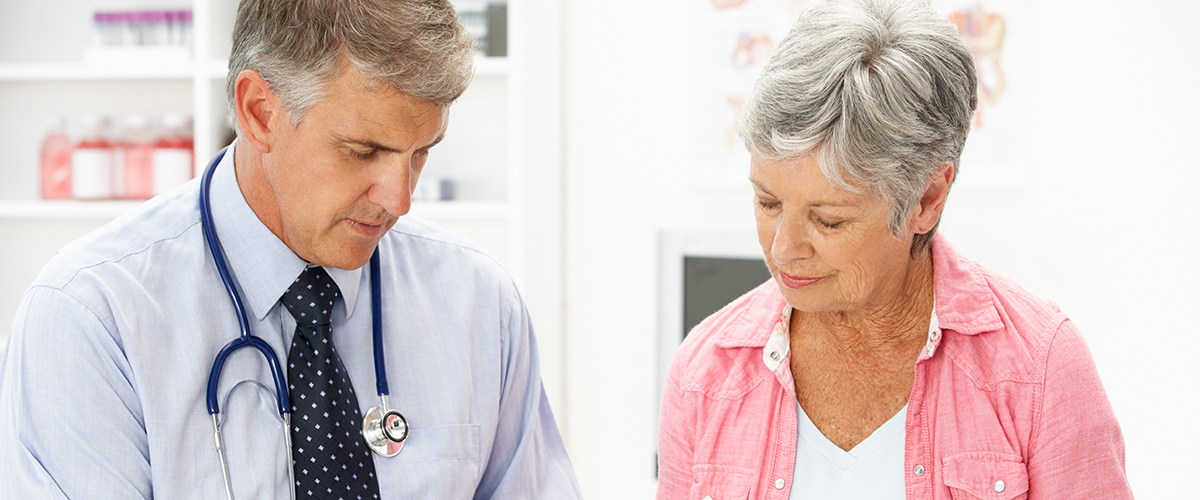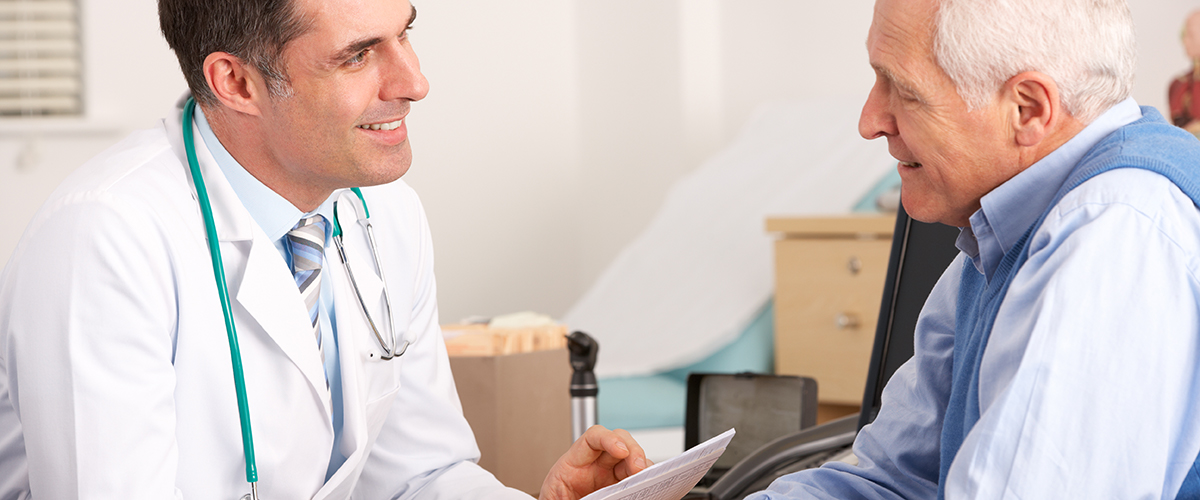Patients participating in Minnesota’s medical marijuana program were asked about the efficacy of cannabis for treating pain.
A study conducted by the Minnesota Department of Health found that more than 60 percent of the state’s medical marijuana patients believe they’ve benefited greatly from using inhaled or pill-form cannabis. Of the patients being treated for intractable pain, 42 percent reported at least a 30 percent decrease in pain with medical marijuana treatment.
The study, titled “Intractable Pain Patients in the Minnesota Medical Cannabis Program: Experience of Enrollees During the First Five Months,” is part of the Minnesota’s ongoing evaluation of its medical marijuana program, ordered by Minnesota health officials under Minnesota Statute 3.197. Patients receive surveys in the mail twice each year and complete health assessments for research each time they visit a dispensary. This is the state’s first report on medical marijuana for chronic pain.
Minnesota has had legalized medical marijuana since 2014, but only expanded its program to include pain as a qualifying condition in 2016. The addition caused the number of patients registered with the state’s medical marijuana a program to more than quadruple that year.
“It’s heartening to see that this fairly large proportion achieved that degree of reduction in their pain assessment score,” said Dr. Tom Arneson, research manager for the Minnesota Department of Health’s Office of Medical Cannabis.
Minnesota’s Department of Health surveyed more than 2,200 patients during the first five months after Minnesota approved medical marijuana for pain. Those included in this new report had used cannabis for the first time in the second half of 2016 for pain management.
The survey’s findings indicate that expanding the list of qualifying conditions to include pain may have been beneficial for addressing the opioid crisis in Minnesota. More than 350 patients participating in the study initially reported using opioid painkillers, and nearly 63 percent of those said they reduced or eliminated their opioid after six months of using medical marijuana.
“We need more research into the potential value of medical cannabis in pain management, especially as our communities grapple with the harmful impacts of opioids and other medications no win use for that purpose,” said Arneson.
The data revealed that medical cannabis is generally well tolerated by Minnesota patients. Thirty-five to 40 percent of patients reported experiencing at least one adverse physical or mental side effect. The most common side effects reported were drowsiness, cottonmouth, and brain fog. Nine of 10 patients described the side effects they experienced as mild to moderate. There were no serious side effects requiring hospitalization.
The survey also found that 43 percent of doctors responded that medical marijuana was having a positive effect on patients. Only 10 percent of patients reported no benefit.

Minnesota and Medical Marijuana
Minnesota is one of the 29 states in the U.S. to have legalized medical marijuana. Minnesota’s medical marijuana law permits qualifying patients to purchase cannabis in pill or liquid form.
A written recommendation from a licensed physician, nurse practitioner, or physician assistant that certifies that a patient has a qualifying condition is needed before a patient can register on the program’s website. Once registered, patients can visit one of eight dispensaries throughout the state.
A state-funded survey conducted last year also found medical marijuana treatments to be beneficial for Minnesota patients. When asked to rate how much benefit they receive from medical marijuana treatments on a scale of 1 (no benefit) to 7 (great deal of benefit), 64 percent of participating patients provided a rating of 6 or 7.
More about Medical Marijuana and Pain
You can learn more about medical marijuana’s potential therapeutic application for pain and other conditions and symptoms by visiting our education page.






